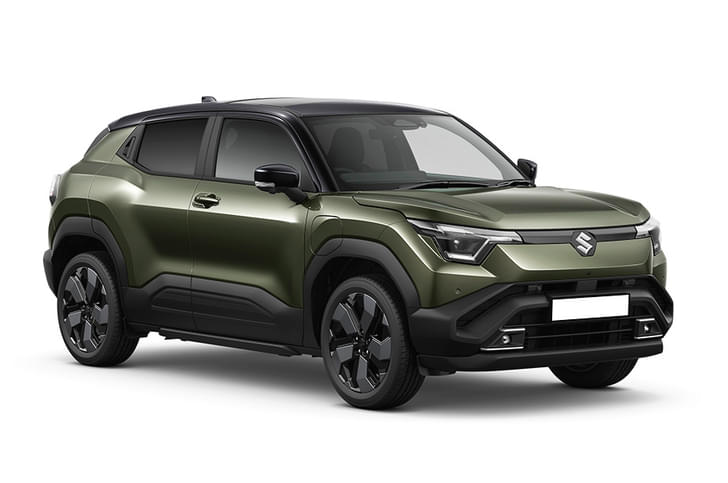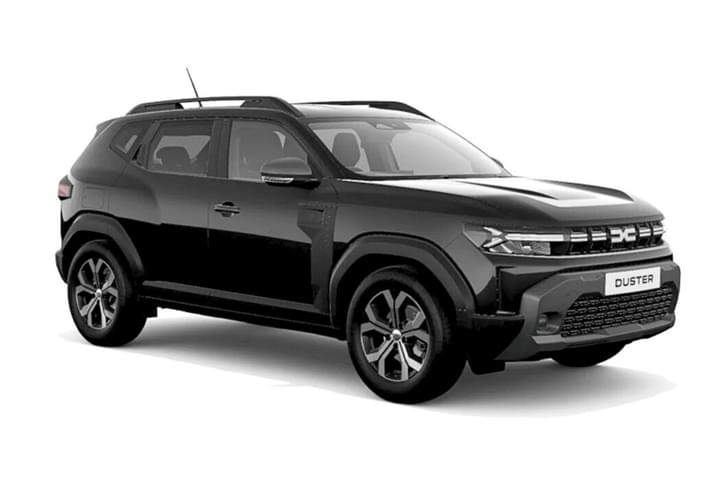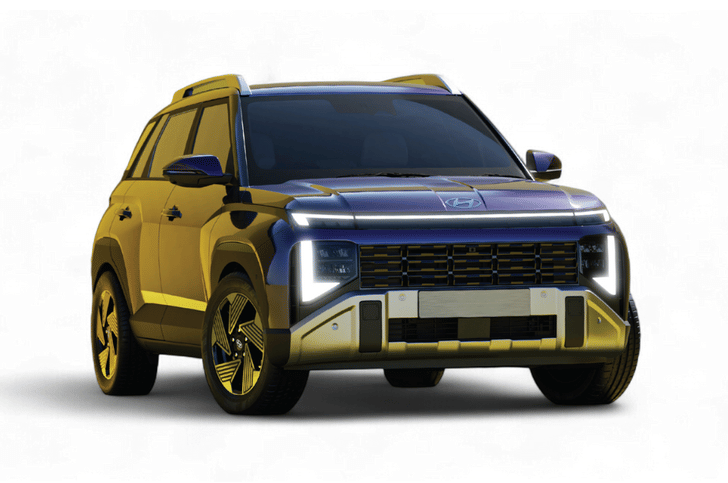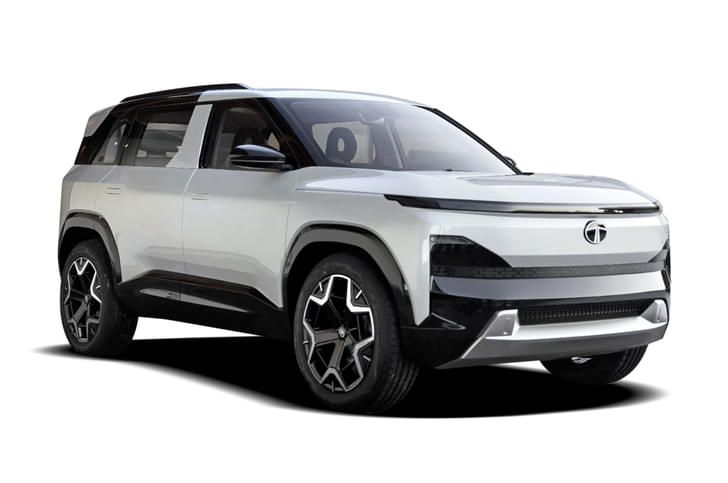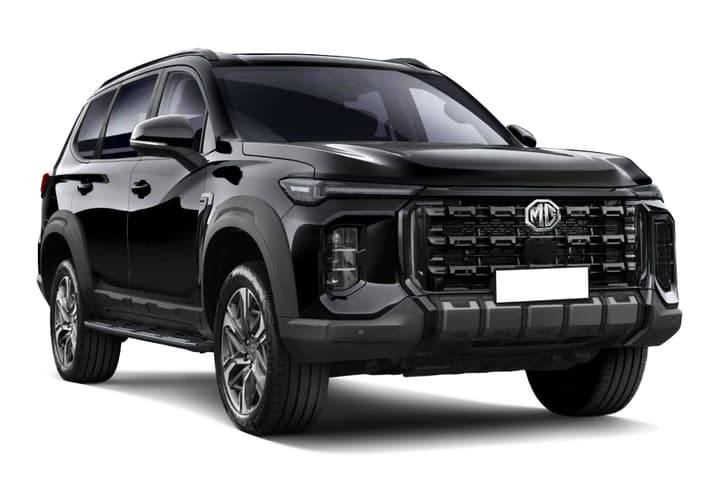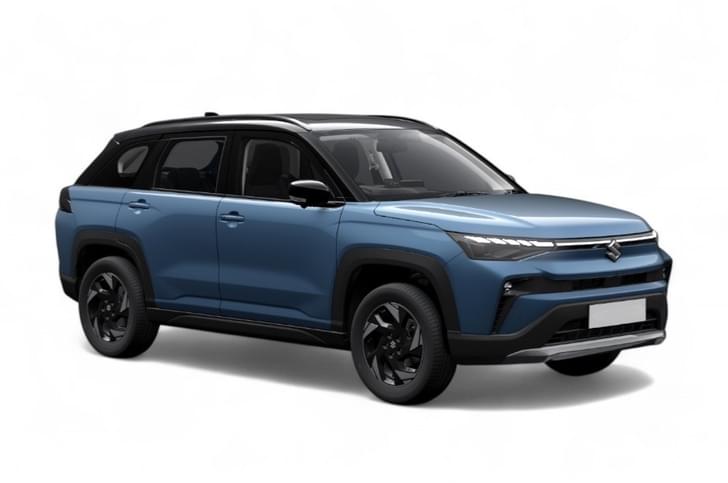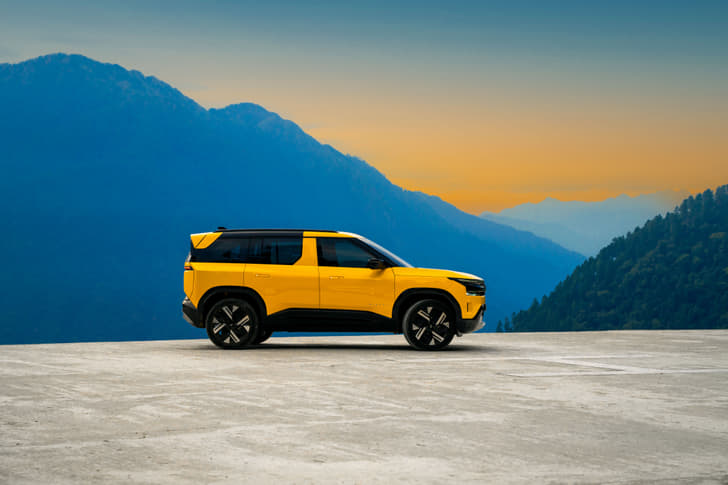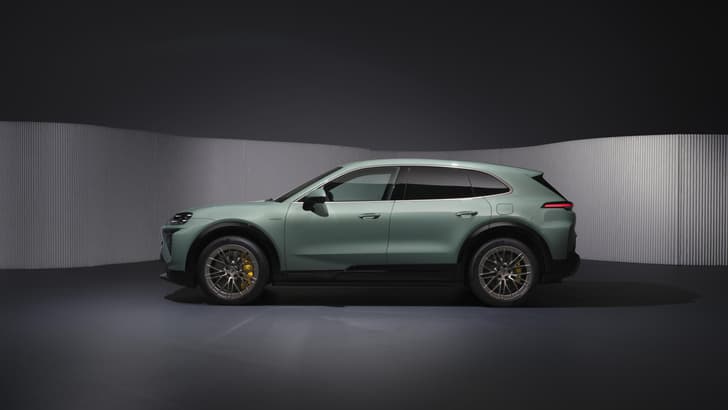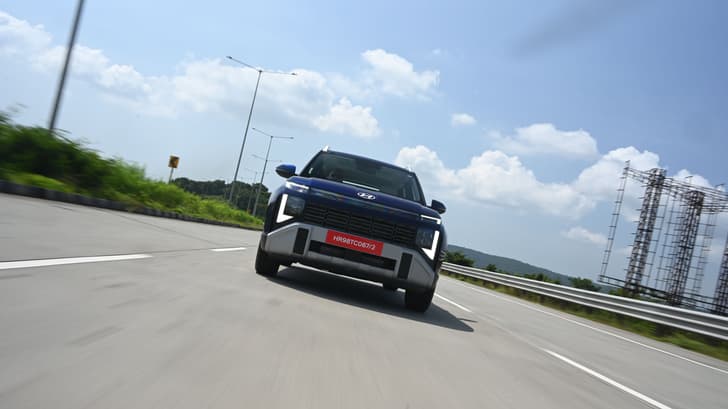What is it?
This is the Hyundai Verna for 2015. Before you wonder, it’s not an all-new model but a significantly updated version of the existing car. As part of the update, the ‘Verna 4S’, as Hyundai calls it, gets revised styling, a little more equipment and tweaks to the suspension.
The most visible change to the car, of course, is the new nose. The older Verna’s swept-back headlamps have made way for a more angular pair and the ridged bonnet now flows into a larger grille that has a hint of the old Toyota Corolla in it. The bumper is quite different too with reworked fog lamp housings. At the rear, streaks on the tail-lights give it a faux LED effect and the exhaust is now hidden from view to give the tail a cleaner look. While these changes do help freshen the look and link the Verna to newer Hyundais such as the Santa Fe and i20, the car doesn’t quite make the same lasting impression it did back in 2011.
In the cabin, there’s not much evidence to suggest this is the updated car. The two-tone dashboard carries on unchanged and you still get the same high level of fit and finish. However, the blue backlighting on the audio player has begun to look a bit dated – something newer competitors’ colour screens only highlight. Still, the audio player does gets a useful update with the inclusion of 1GB onboard memory to store songs. Also new is the reach adjust function for the steering wheel and what Hyundai calls the 'Ergo Lever' that is located on the inside edge of the front passenger seat. Basically, it allows the rear passenger to move the front passenger seat forward to free up legroom and is a handy feature first offered on the Volkswagen Vento. Rear seat passengers also get a revised armrest with twin cupholders and a seat with a longer base. Correspondingly, thigh support is better but you still sit lower than you’d like and the upswept windows continue to hamper the view out.
Engine and gearbox options remain the same as before, so you can choose between a 105bhp, 1.4-litre petrol engine (with a five-speed manual), a 121bhp, 1.6 petrol (with a five-speed manual or four-speed auto), a 89bhp, 1.4 diesel (with a six-speed manual) and lastly, a 126bhp, 1.6 diesel (with a six-speed manual or four-speed automatic). The diesel engines get a mild update of their own with a new, low friction coating on their pistons to improve refinement, emissions and efficiency. As per ARAI-tested figures, the 1.4 diesel’s fuel economy is up 1.3kpl (to 24.8kpl) and the 1.6’s has improved to 23.9kpl.
But what should be of more interest to potential buyers are the changes that have been made to the rear suspension. There are new coil springs (there to make the ride flatter), a low velocity valve on the dampers (there to smoothen rebound) and new bump stops (there to minimise the ‘thud’ on full compression that Vernas have been notorious for). These changes are there to build on the suspension tweaks the Verna got in mid-2013. An interesting point to note is manual Vernas no longer get rear disc brakes but ABS has been made standard across the range.
What is it like to drive?
Well, the updated Verna is a big improvement over the older version. The changes to the suspension have made all the difference. It feels more absorbent with that trademark tendency to bottom-out all but gone. As before, there’s a nice softness to the low-speed ride but unlike before, there’s a newfound confidence in the way the Verna behaves at high speeds. There’s more of a connect between the steering and the front wheels, something that makes the new Verna a far nicer cruiser. Compared to the earlier version, this one feels far more settled, has a flatter ride and overall stability is improved too. Still, it doesn’t feel buttoned down to the road at high speeds with a fair bit of vertical movement on gentle undulations. The fact is the Hyundai is still quite far from the ride and handling benchmarks set by the Ford Fiesta and Fiat Linea. The steering still weights up inconsistently and calls for minute but constant inputs to keep the car on the desired course. Even through tighter corners, the Verna still feels a touch soft and decidedly unsporty. More so, the petrol version, where the suspension doesn’t seem as well set up as the heavier diesel version’s.
As for the engines, they feel pretty much the same as before. We drove the more powerful petrol and found it to be refined, if a bit underwhelming, in terms of performance. More so because it is the most powerful car in its class. As for the 1.6 diesel, it scores for refinement but once again doesn’t feel as strong as the power figure would lead you to expect. Power comes in after 1800rpm and this non-linearity in delivery is a bit of an irritant in city driving. What also takes getting used to are the brakes. While stopping power is good, the ABS system kicks in way too early.
Should I buy one?
Styling always topped the list of things that drew buyers to the Verna. It’ll be interesting to see how keenly people take to the refreshed Verna’s more mature look. Either way, the Verna does hold on to its other core strengths of offering excellent refinement, a plush cabin and a lengthy features list. What also helps the Verna’s case is the huge improvement in ride and handling – they are still not strengths, but they are no longer big weaknesses either. In a way, the Verna has become more easier to recommend than ever before. It may not be cutting edge in any particular area but it remains a well rounded car that’s easy to live with.
The Verna 4S will be launched on February 18 and is expected to cost in the range of Rs 7.5-12 lakh (estimated ex-showroom, Delhi).

























